Succulent containers have become increasingly popular in recent years, as more and more people discover the beauty and versatility of these unique plants. Succulents are known for their ability to store water in their leaves, stems, and roots, making them well-suited for dry and arid environments. This characteristic also makes them ideal for container gardening, as they can thrive in small spaces with minimal watering.
When it comes to succulent containers, choosing the right container and potting mix is crucial for the health and success of your plants. The container you choose will not only affect the aesthetic appeal of your arrangement but also play a role in the overall health and growth of your succulents. Additionally, the type of soil you use will determine how well your succulents can absorb water and nutrients.
Choosing the Right Container for Your Succulent
When choosing a container for your succulents, there are several factors to consider. First and foremost, you’ll want to choose a container that has proper drainage. Succulents are highly susceptible to root rot if they sit in waterlogged soil for too long, so it’s important to ensure that excess water can easily drain out of the container.
In addition to drainage, you’ll also want to consider the size and material of the container. Succulents have shallow root systems, so a shallow container is generally more suitable than a deep one. As for material, terracotta pots are a popular choice among succulent enthusiasts because they are porous and allow for better airflow to the roots. However, other materials such as ceramic or plastic can also work well as long as they have proper drainage holes.
The Importance of Proper Drainage for Succulent Containers
Proper drainage is crucial for the health of your succulents because it helps prevent root rot and other moisture-related issues. When water sits in the bottom of a container without a way to escape, it can lead to the roots becoming waterlogged and eventually rotting. This can cause the plant to wilt, turn yellow, or even die.
To ensure proper drainage in your succulent container, make sure there are drainage holes at the bottom of the container. These holes allow excess water to escape and prevent it from pooling at the bottom. If your container doesn’t have drainage holes, you can create them yourself by using a drill or hammer and nail.
In addition to drainage holes, you can also add a layer of rocks or pebbles at the bottom of the container before adding soil. This will create a space for excess water to collect without saturating the soil. However, it’s important to note that this method should not be relied upon solely for drainage. The main focus should be on having proper drainage holes in the container itself.
Types of Soil for Succulent Potting
Choosing the right soil for your succulents is just as important as choosing the right container. Succulents require well-draining soil that allows excess water to flow through easily. The ideal soil for succulents is one that is gritty and porous, allowing for good airflow and preventing water from sitting around the roots.
There are several types of soil that are suitable for succulents. One popular option is a cactus mix, which is specifically formulated for succulents and cacti. This type of soil is typically made up of a combination of sand, perlite, and peat moss, providing excellent drainage and aeration.
Another option is to create your own succulent soil mix by combining equal parts of potting soil, perlite, and coarse sand. This DIY mix allows you to customize the texture and drainage properties to suit your specific succulent needs.
How to Pot Your Succulent Correctly
Once you have chosen the right container and soil for your succulents, it’s time to pot them correctly. Proper potting is essential for the health and growth of your plants, as it ensures that they have enough space to grow and access to the necessary nutrients.
To pot your succulent correctly, start by filling the container with a layer of well-draining soil. Make sure the soil is evenly distributed and level. Then, gently remove your succulent from its nursery pot and loosen the roots if they are tightly packed. Place the succulent in the center of the container and fill in the remaining space with more soil, making sure to leave a small gap between the top of the soil and the rim of the container.
After potting, give your succulent a thorough watering to help settle the soil and remove any air pockets. Allow the excess water to drain out completely before placing the container in its desired location.
Watering Succulent Containers: Dos and Don’ts

Proper watering is essential for the health of your succulents. While succulents are known for their ability to withstand drought, they still require regular watering to thrive. However, it’s important to strike a balance and avoid overwatering, as this can lead to root rot and other moisture-related issues.
When it comes to watering succulent containers, it’s best to water deeply but infrequently. This means thoroughly saturating the soil until water runs out of the drainage holes, and then allowing the soil to dry out completely before watering again. The frequency of watering will depend on various factors such as the type of succulent, the size of the container, and the environmental conditions.
One common mistake when it comes to watering succulents is misting or spritzing them with water. While this may seem like a good way to provide moisture, it actually does more harm than good. Misting can lead to shallow root growth and make the plant more susceptible to rot. Instead, focus on watering the soil directly and allowing the roots to absorb the moisture.
Fertilizing Succulent Containers: When and How to Do It
While succulents are relatively low-maintenance plants, they still benefit from occasional fertilization. Fertilizing provides essential nutrients that can help promote healthy growth and vibrant colors in your succulents.
When it comes to fertilizing succulent containers, it’s important to choose a fertilizer that is specifically formulated for succulents or cacti. These fertilizers typically have a higher phosphorus content, which promotes root development and flowering.
In terms of timing, it’s best to fertilize your succulents during their active growing season, which is typically in the spring and summer. Avoid fertilizing during the dormant period in the winter, as this can lead to nutrient buildup and potential damage to the plant.
When applying fertilizer, follow the instructions on the packaging and dilute it to half or quarter strength. Over-fertilizing can cause salt buildup in the soil, which can be harmful to your succulents. Apply the fertilizer directly to the soil, avoiding contact with the leaves or stems of the plant.
Common Problems with Succulent Containers and How to Solve Them
While succulents are generally easy to care for, they can still encounter some common problems when grown in containers. Understanding these issues and knowing how to solve them can help ensure the health and longevity of your succulents.
One common problem with succulent containers is root rot, which occurs when the roots are constantly exposed to excess moisture. To prevent root rot, make sure your container has proper drainage holes and avoid overwatering. If you notice signs of root rot such as wilting or yellowing leaves, remove the affected plant from the container, trim away any rotted roots, and repot it in fresh, well-draining soil.
Another common issue is pests such as mealybugs or aphids. These pests can suck the sap from your succulents and cause damage to the leaves and stems. To control pests, you can use insecticidal soap or a mixture of water and dish soap to spray the affected areas. Additionally, regularly inspect your plants for signs of pests and remove them manually if necessary.
Creative Ideas for Succulent Container Arrangements
One of the joys of succulent containers is the endless possibilities for creative arrangements. Whether you prefer a minimalist look or a lush and overflowing display, there are countless ways to arrange your succulents to create a beautiful and unique container garden.
One idea is to create a succulent terrarium using a glass container. This allows you to showcase the intricate details of your succulents while creating a self-contained ecosystem. You can layer different types of succulents, rocks, and moss to create a miniature landscape.
Another idea is to create a vertical succulent garden using a wall-mounted planter or a hanging basket. This allows you to maximize space and create a stunning focal point in your home or garden. You can mix different types of succulents with varying colors and textures to create an eye-catching display.
Enjoying Your Beautiful Succulent Containers
In conclusion, succulent containers offer a unique and versatile way to enjoy these beautiful plants. By choosing the right container, ensuring proper drainage, using the right soil, and following proper care techniques, you can create stunning arrangements that will thrive and bring joy for years to come.
Remember to choose a container with proper drainage, such as terracotta or ceramic pots with drainage holes. Use well-draining soil that allows excess water to flow through easily, such as a cactus mix or a DIY mix of potting soil, perlite, and coarse sand. Pot your succulents correctly by filling the container with soil, placing the succulent in the center, and filling in the remaining space with more soil.
When it comes to watering, water deeply but infrequently, allowing the soil to dry out completely between waterings. Avoid misting or spritzing your succulents, as this can lead to shallow root growth and rot. Fertilize your succulents during their active growing season with a fertilizer specifically formulated for succulents or cacti.
If you encounter any common problems such as root rot or pests, take immediate action to address the issue and prevent further damage. And finally, let your creativity shine by experimenting with different container arrangements and creating unique displays that showcase the beauty of your succulents. Enjoy the process of caring for your succulent containers and watch as they thrive and bring beauty to your home or garden.
If you’re interested in learning more about succulents and their care, you might also enjoy reading our article on “Exploring the Edible World of Succulents: Are They Safe to Eat?” This informative piece delves into the topic of whether succulents can be consumed and provides insights into their nutritional value and potential culinary uses. Discover the fascinating world of edible succulents by clicking here.
FAQs
What are succulent containers?
Succulent containers are pots or containers specifically designed to hold and display succulent plants. These containers are often made of materials such as ceramic, terracotta, or concrete and come in a variety of shapes and sizes.
What is potting soil?
Potting soil is a specially formulated soil mixture designed for use in containers and pots. It typically contains a blend of organic materials such as peat moss, compost, and perlite or vermiculite to provide the necessary nutrients and drainage for plants.
What kind of soil do succulents need?
Succulents require well-draining soil that is low in organic matter. A mixture of potting soil and sand or perlite is often recommended to provide the necessary drainage and prevent root rot.
How often should I water my succulent container?
Succulents are drought-tolerant plants and do not require frequent watering. It is recommended to water them only when the soil is completely dry, which may be once every 1-2 weeks depending on the environment and container size.
What kind of containers are best for succulents?
Containers made of porous materials such as terracotta or concrete are ideal for succulents as they allow for proper drainage and air circulation. However, any container with drainage holes can be used as long as the soil and watering are properly managed.
Can I use regular potting soil for succulents?
Regular potting soil may not be suitable for succulents as it may retain too much moisture and cause root rot. It is recommended to use a well-draining soil mixture specifically formulated for succulents or to mix potting soil with sand or perlite.








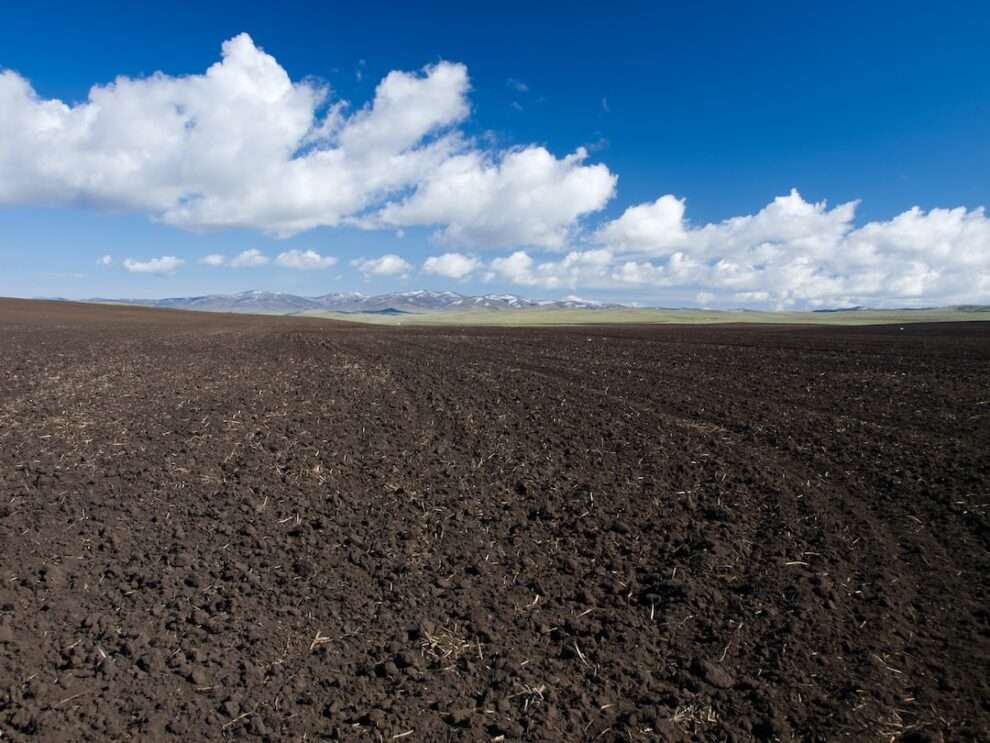
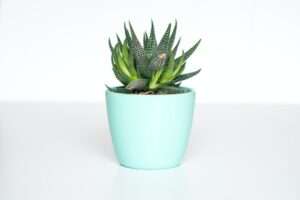
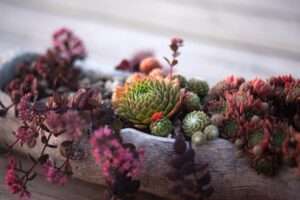



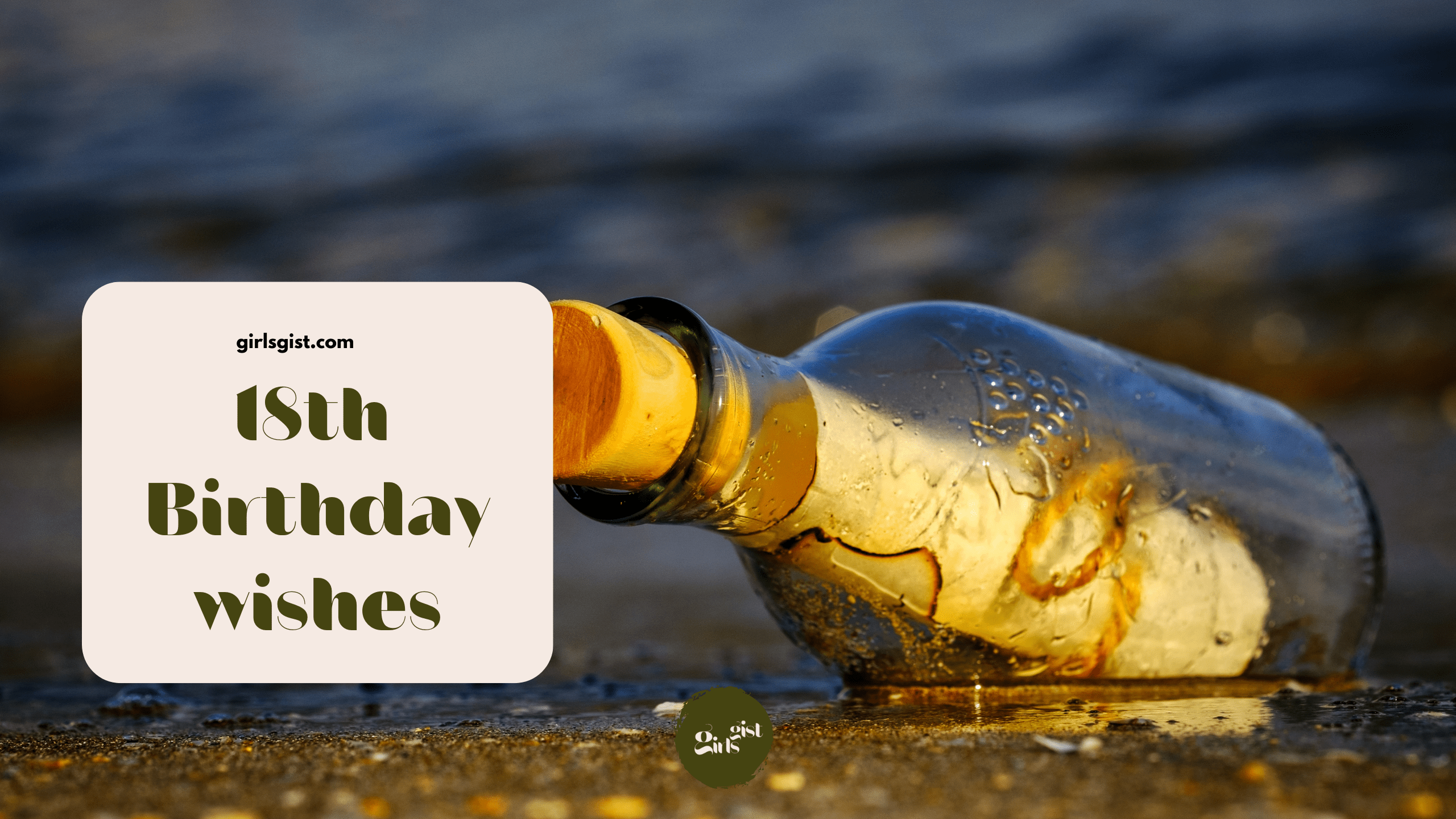

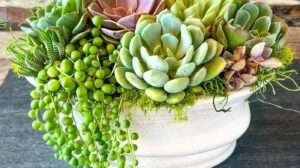
Add Comment